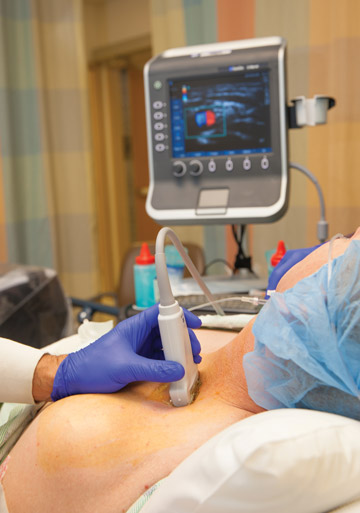Nerve blocks are the most targeted form of analgesia available, arming your anesthesia providers with the ability to direct local anesthetics to specific areas of the body to prevent pain impulses from reaching the brain. Given the scope of the opioid epidemic, you’d expect every eligible patient to be on the receiving end of an expertly placed peripheral nerve block (PNB). Oddly enough, that’s not the case. A September 2017 study in Anesthesia & Analgesia (osmag.net/J5xoGN) that examined the use of regional anesthesia for outpatient surgery procedures found that regional anesthesia was used sparingly:
- Frequency was only 3.3% of the 3.3 million possible cases that were amenable to a PNB.
- PNB frequency of the brachial plexus (6.1%), sciatic nerve (1.5%) and femoral nerve (1.9%) was similarly low.
- The procedures in which PNBs were most frequently used were shoulder arthroscopies (41%) and anterior cruciate ligament reconstruction (32%). Countless patients are missing out on targeted pain relief that can reduce opioid use, shorten stays in recovery and lower readmission rates. We talked to leading experts in regional anesthesia to find out how they’re taking advantage of blocks.
.svg?sfvrsn=be606e78_3)



.svg?sfvrsn=56b2f850_5)